Year 1 Adding with Visual Aids Worksheets
Addition Sums with Pictures (A)
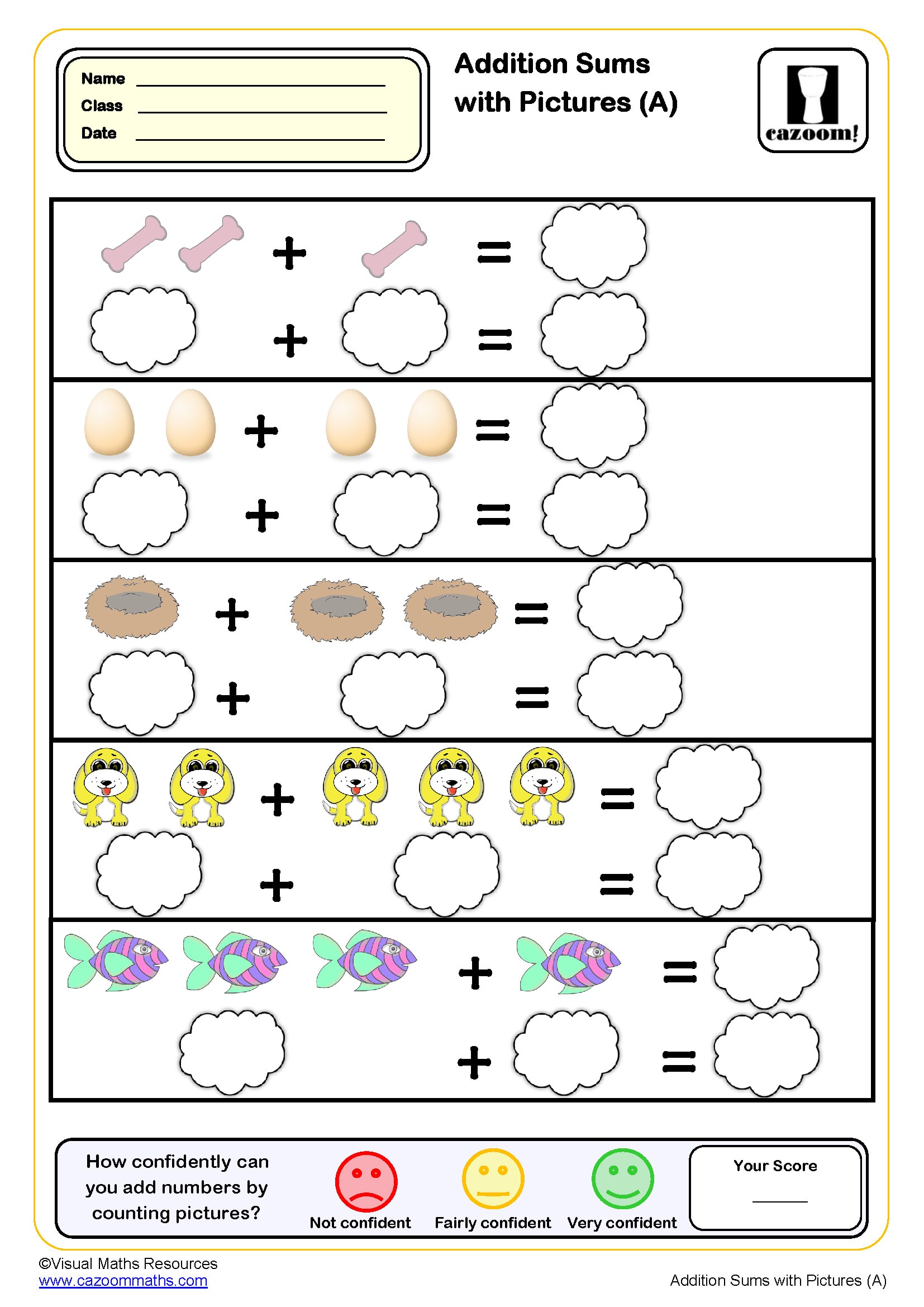
Addition Sums with Pictures (B)
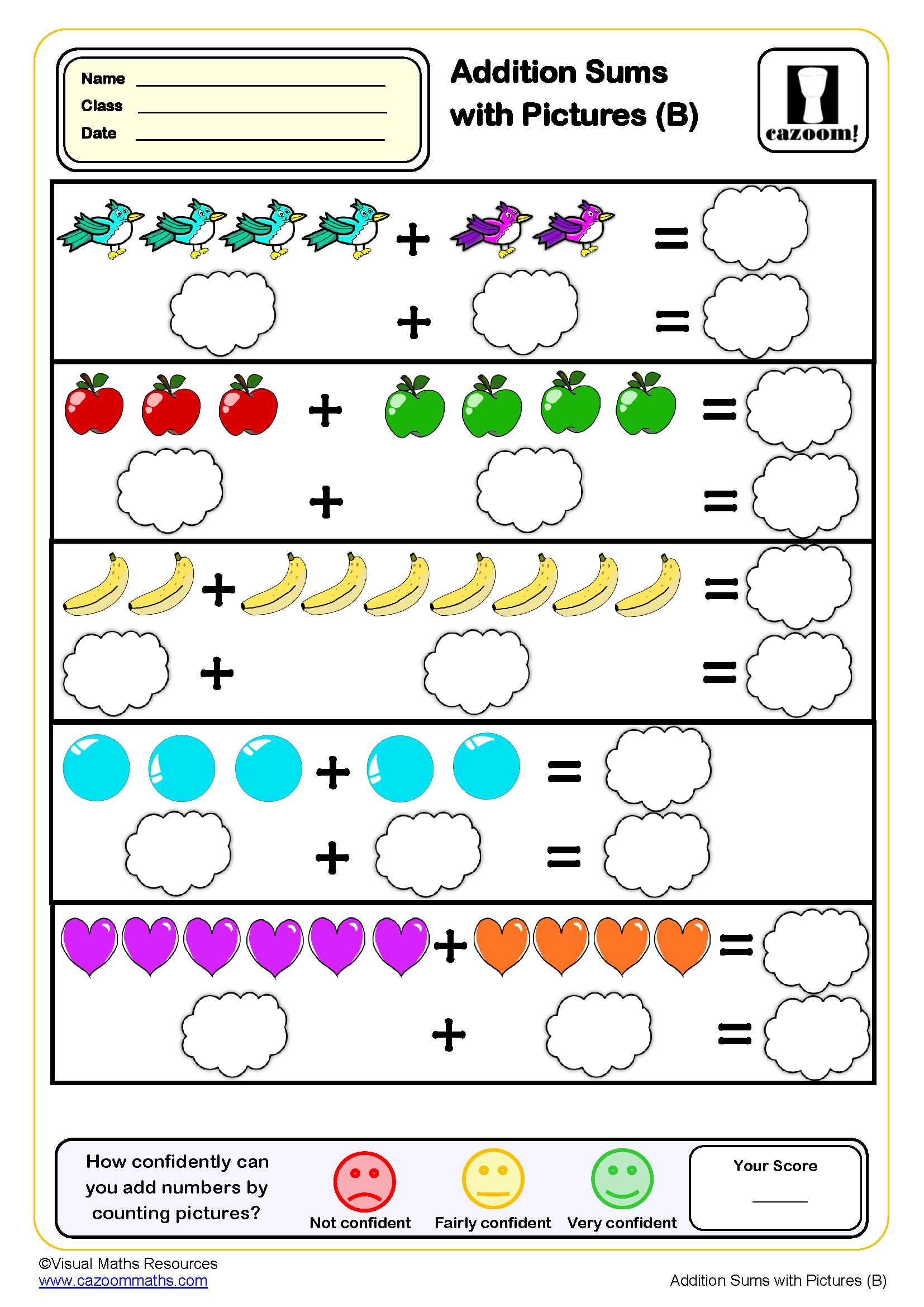
Addition with dots (A)
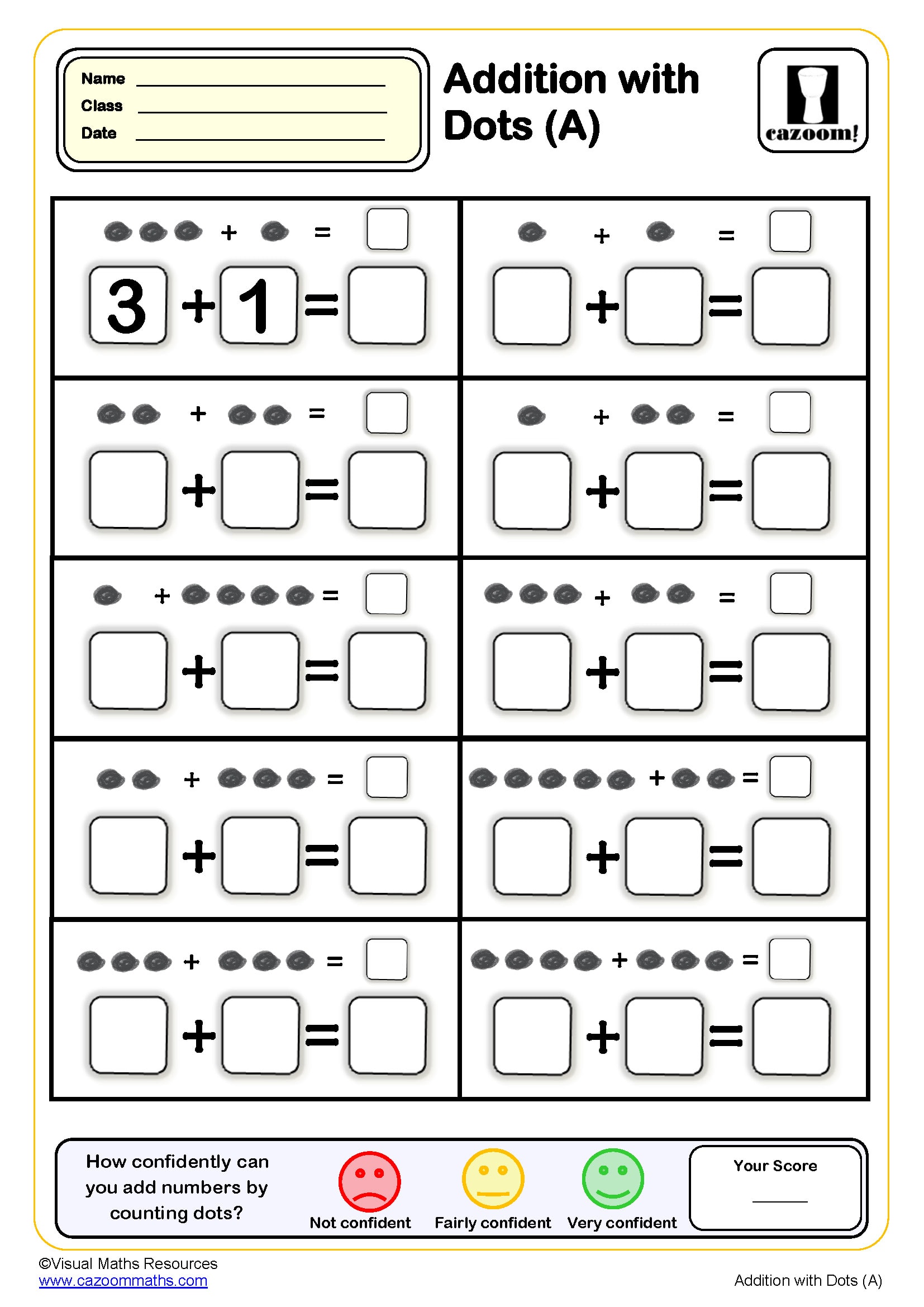
Addition with Dots (B)
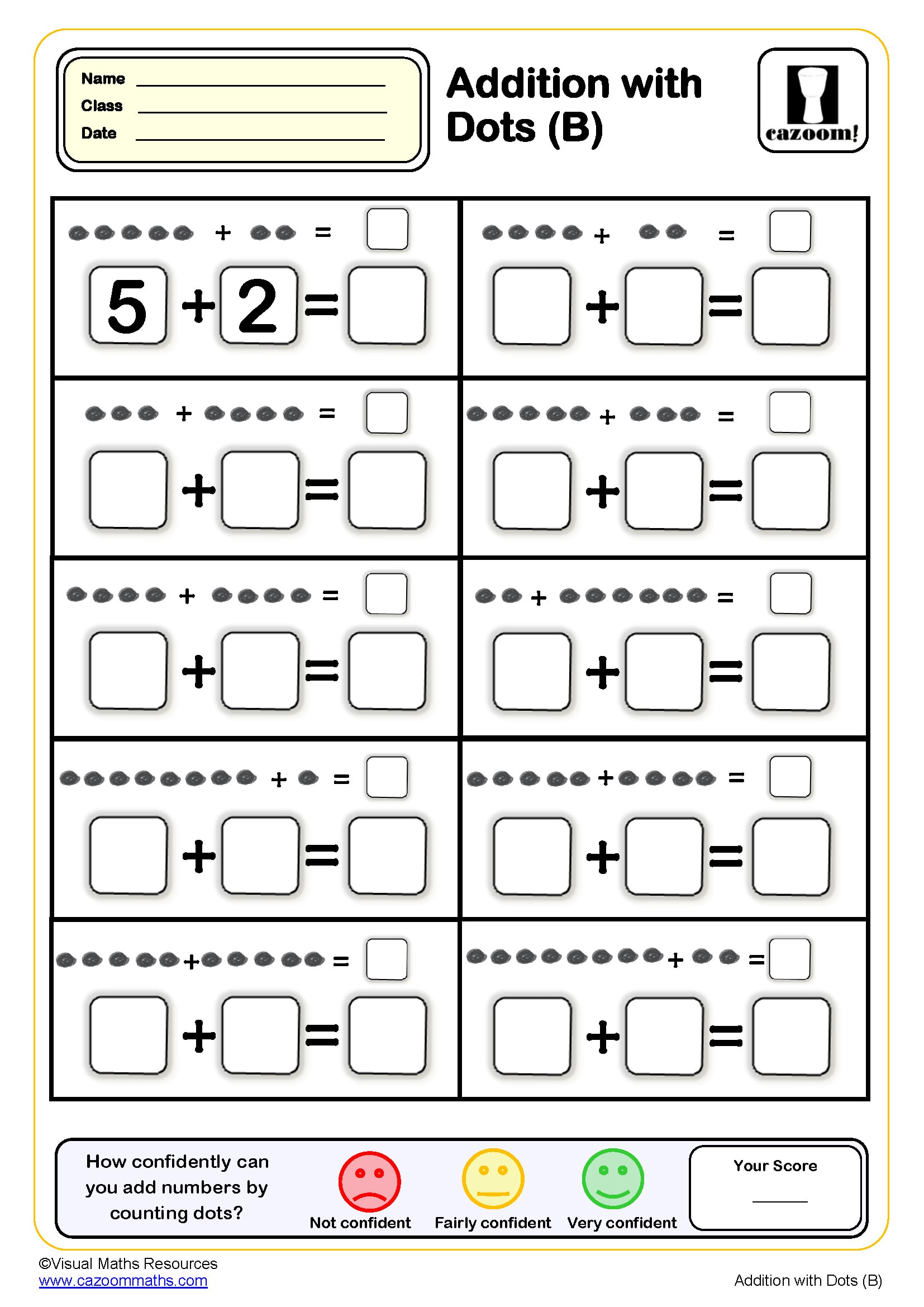
Addition with Dots (C)
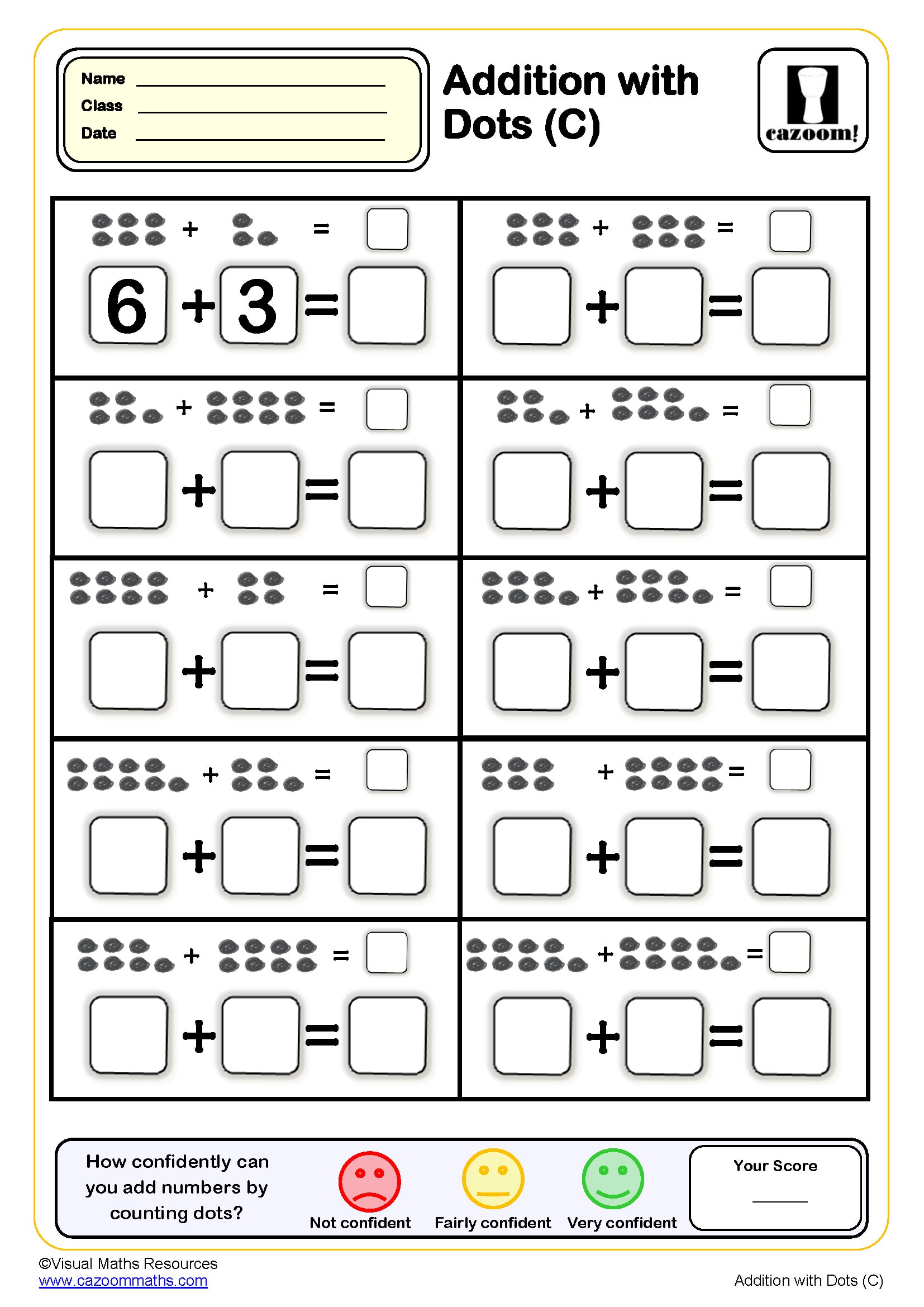
Addition with Number Lines (up to 10)
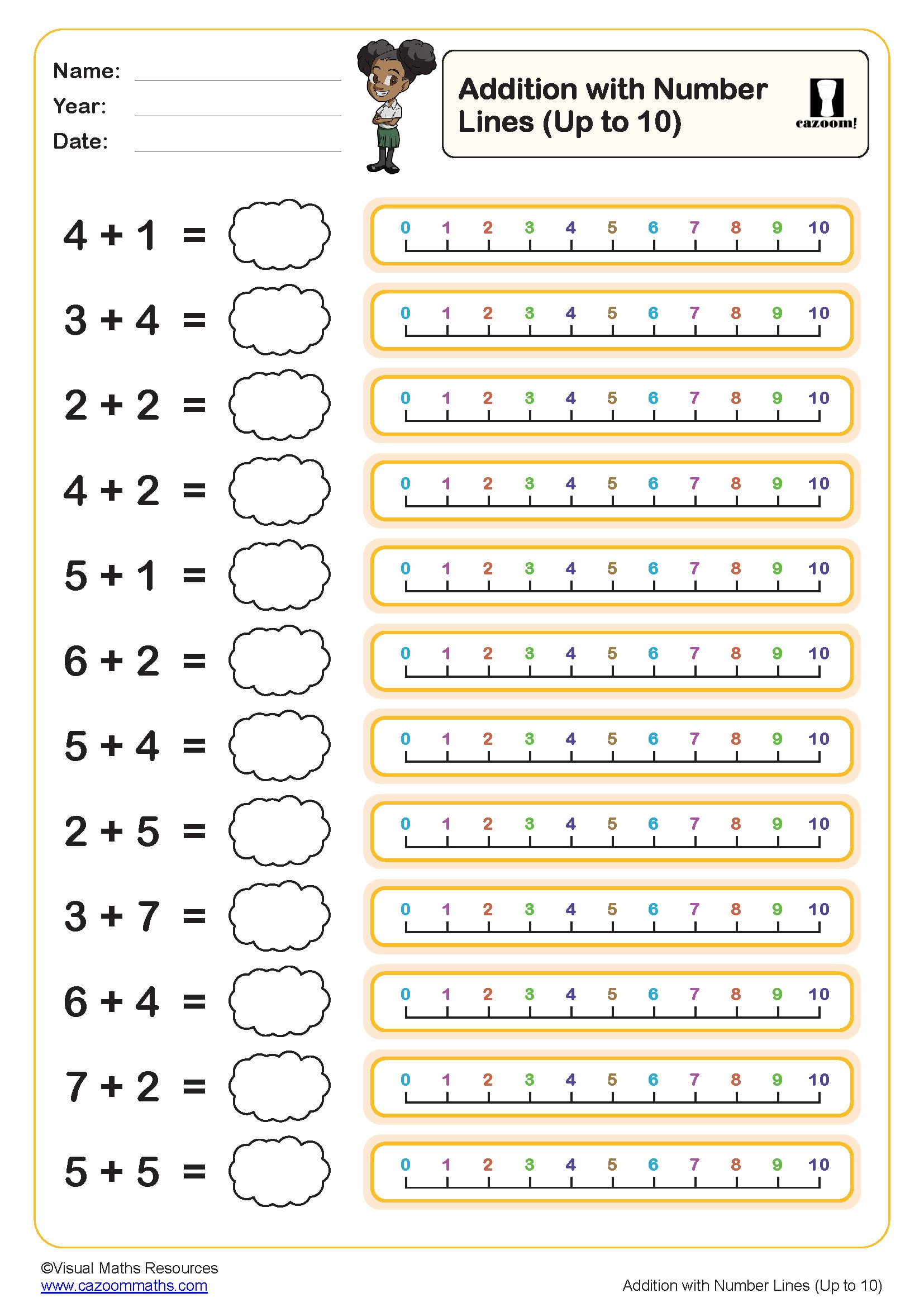
Addition with Number Lines (up to 18)
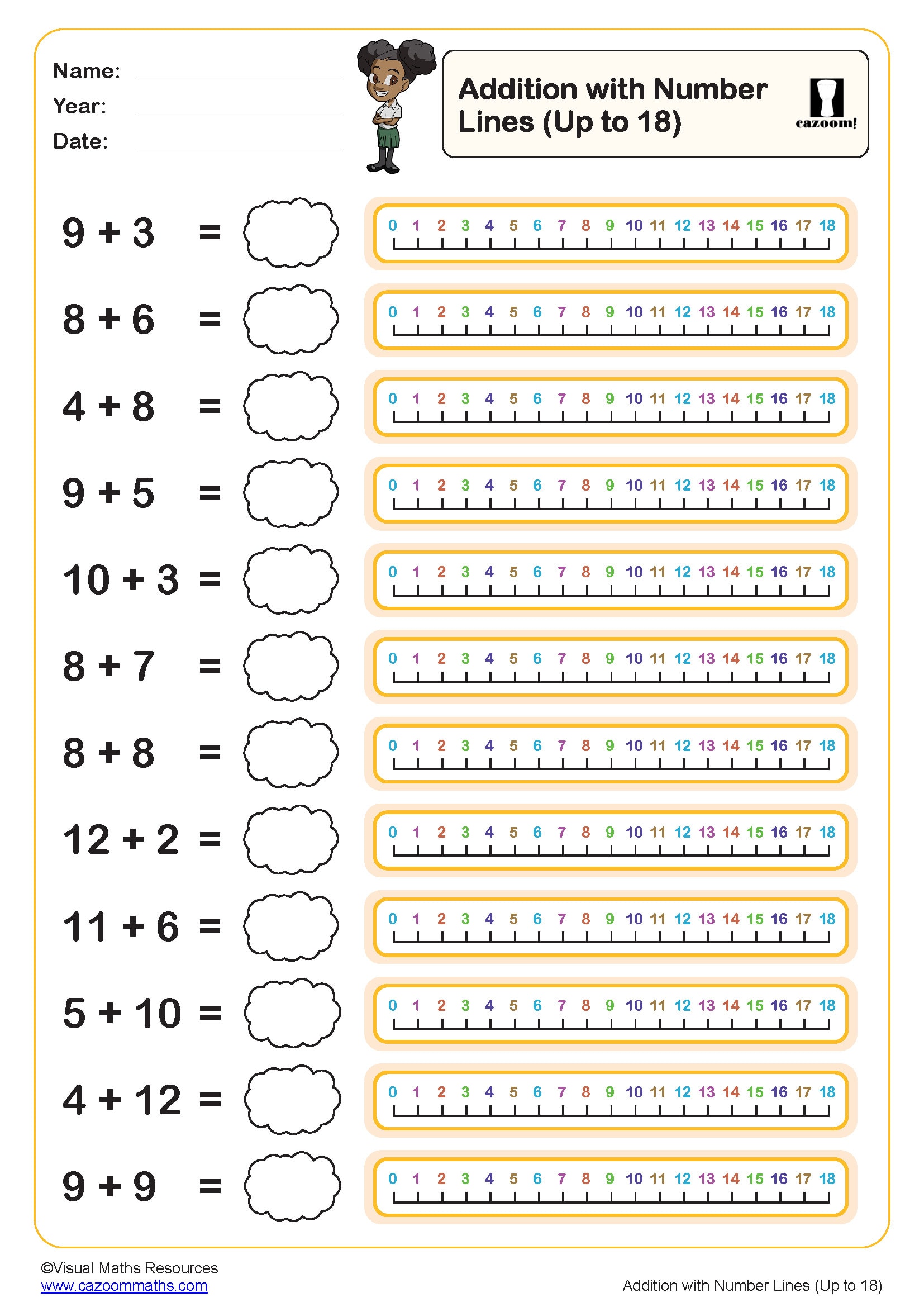
Addition with Number Lines (up to 5)
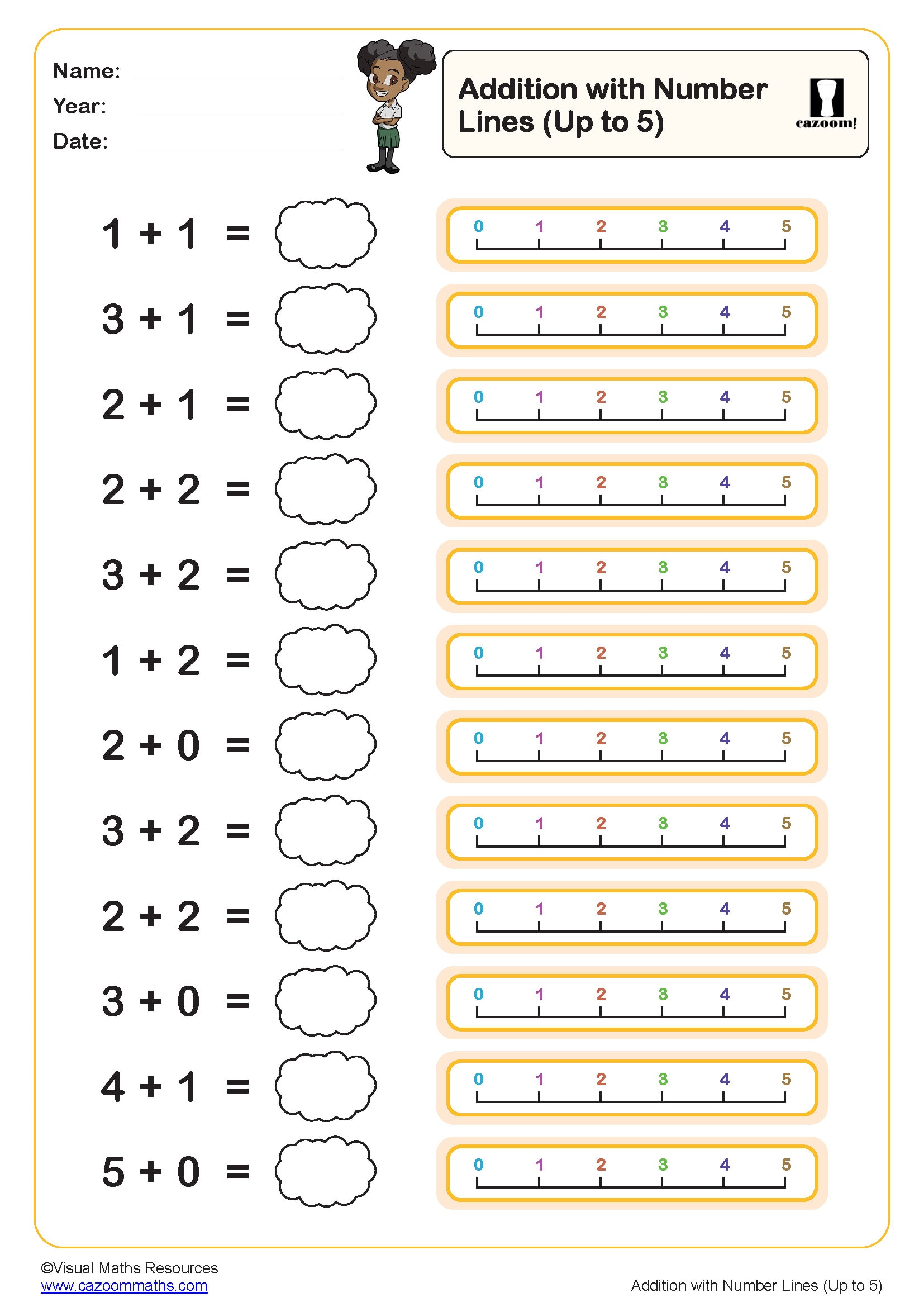
Addition with Sticks (A)
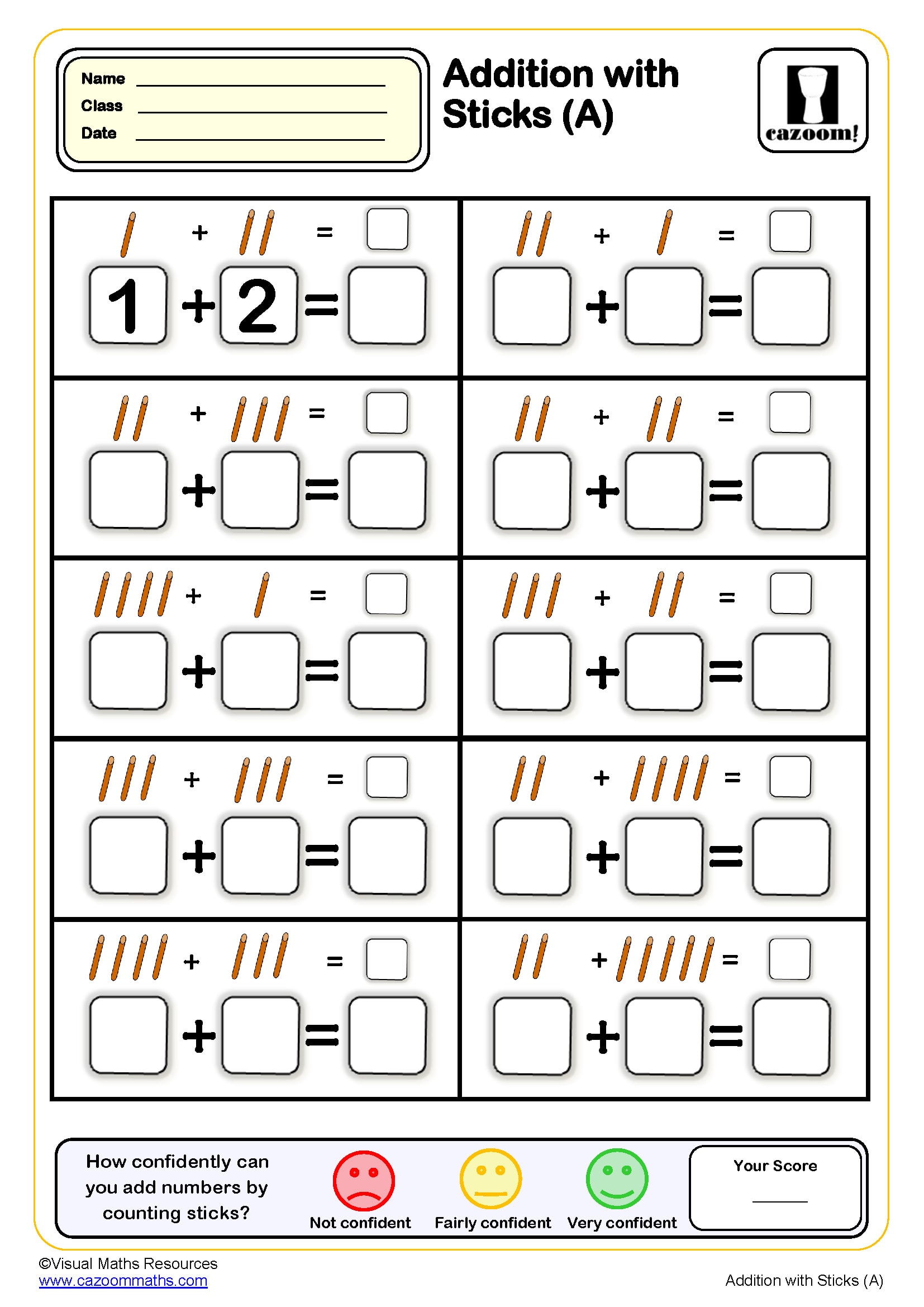
Addition with Sticks (B)
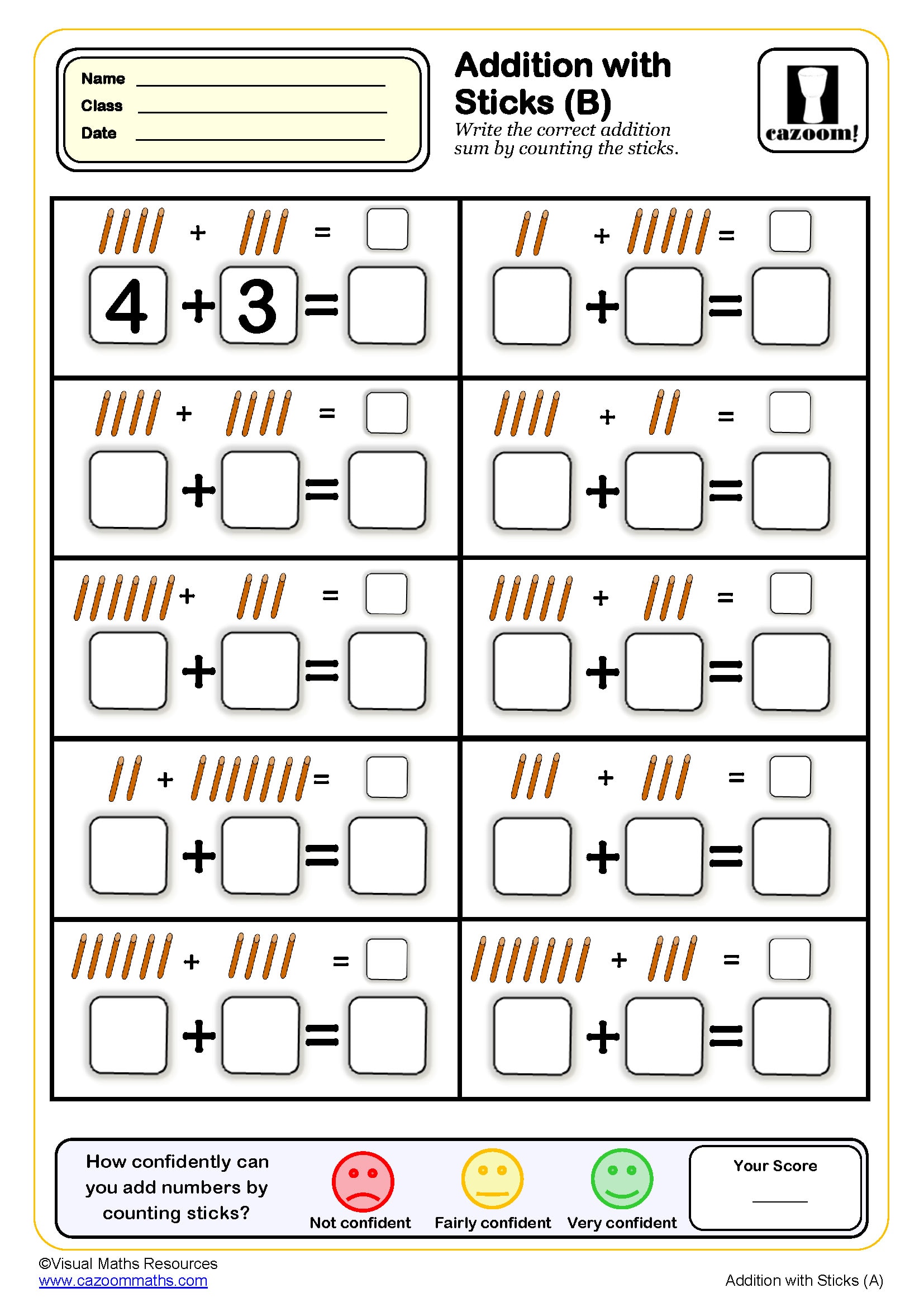
Addition with Sticks (C)
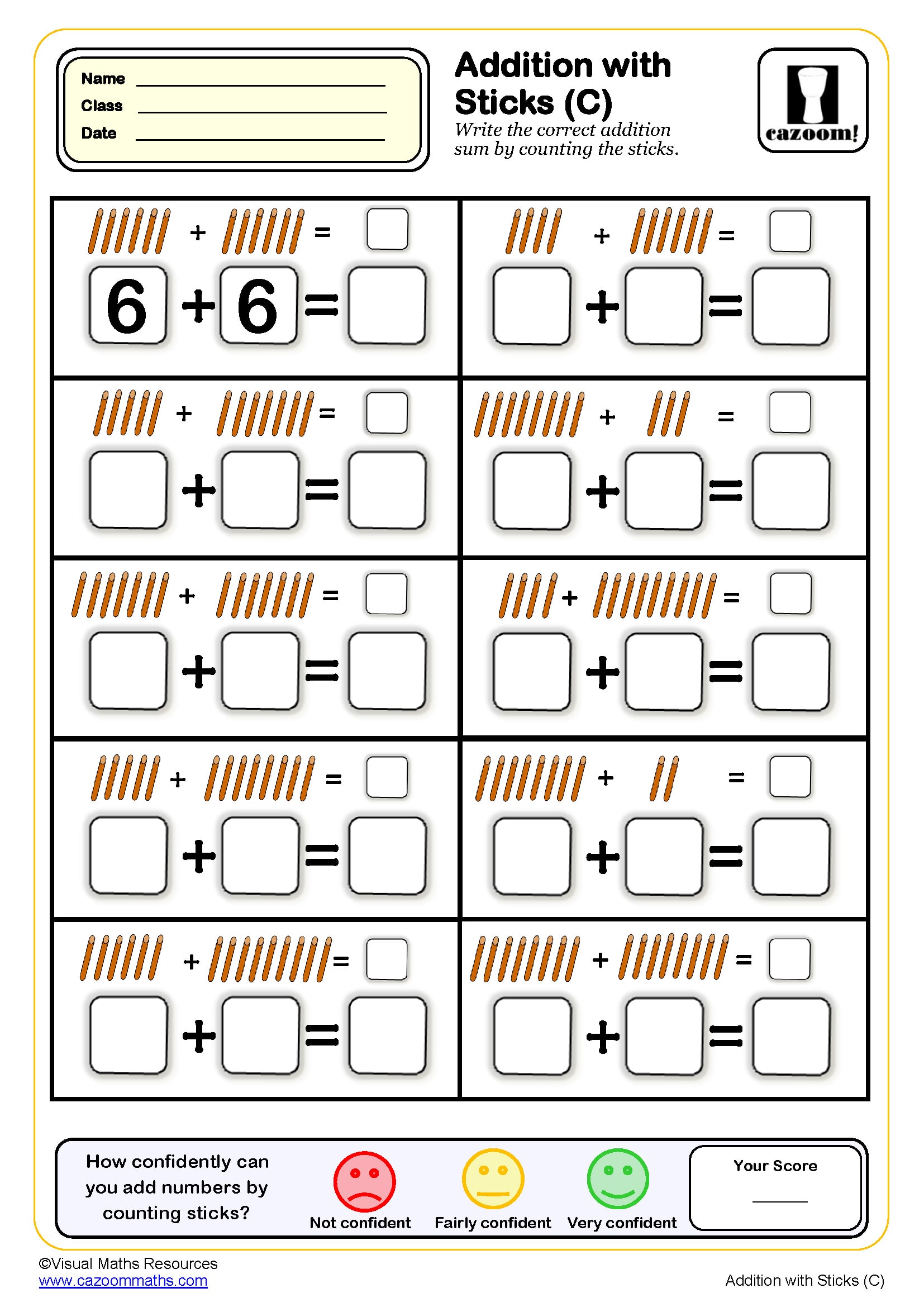
Introducing the Part Whole Model
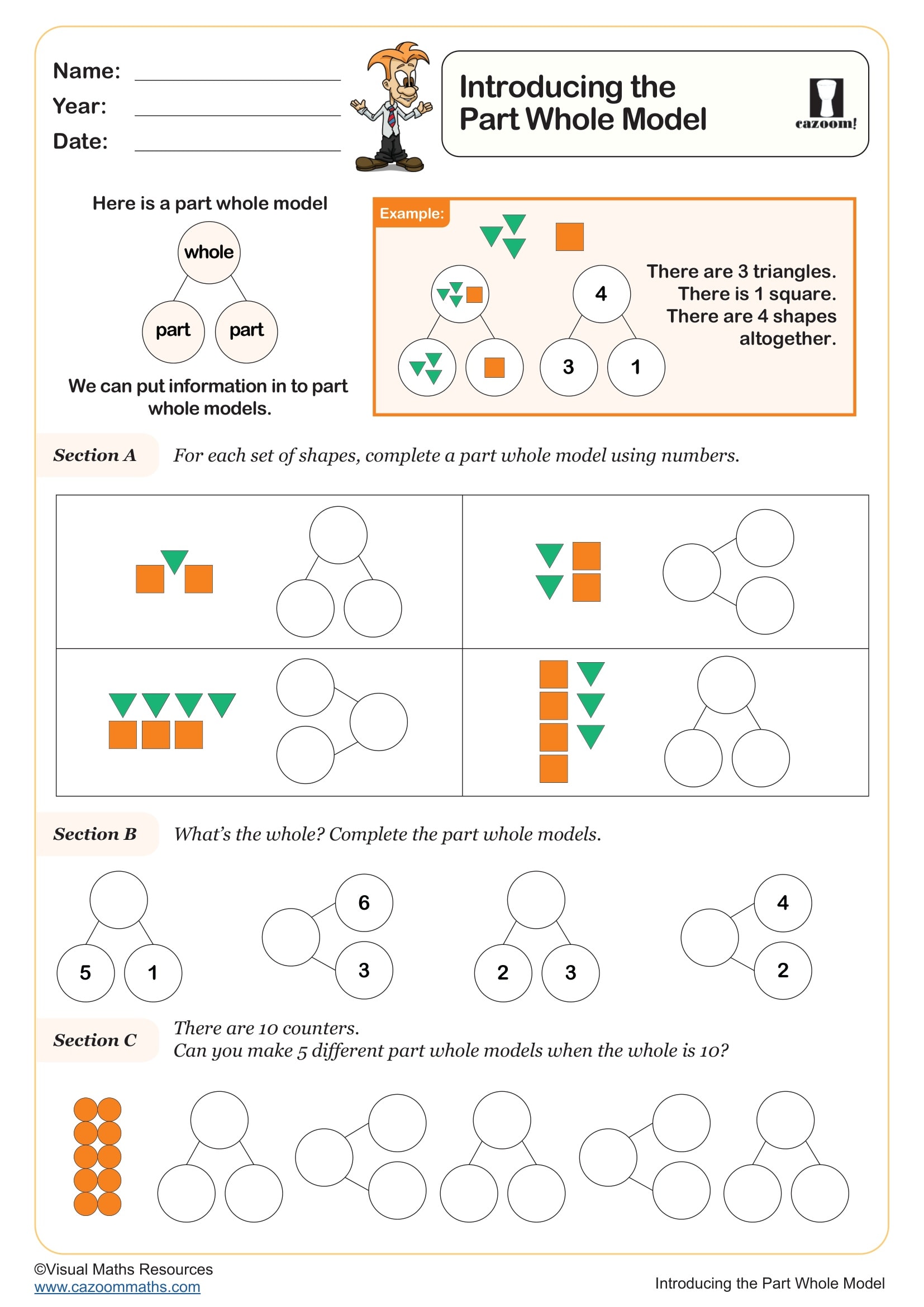
Writing Addition Statements
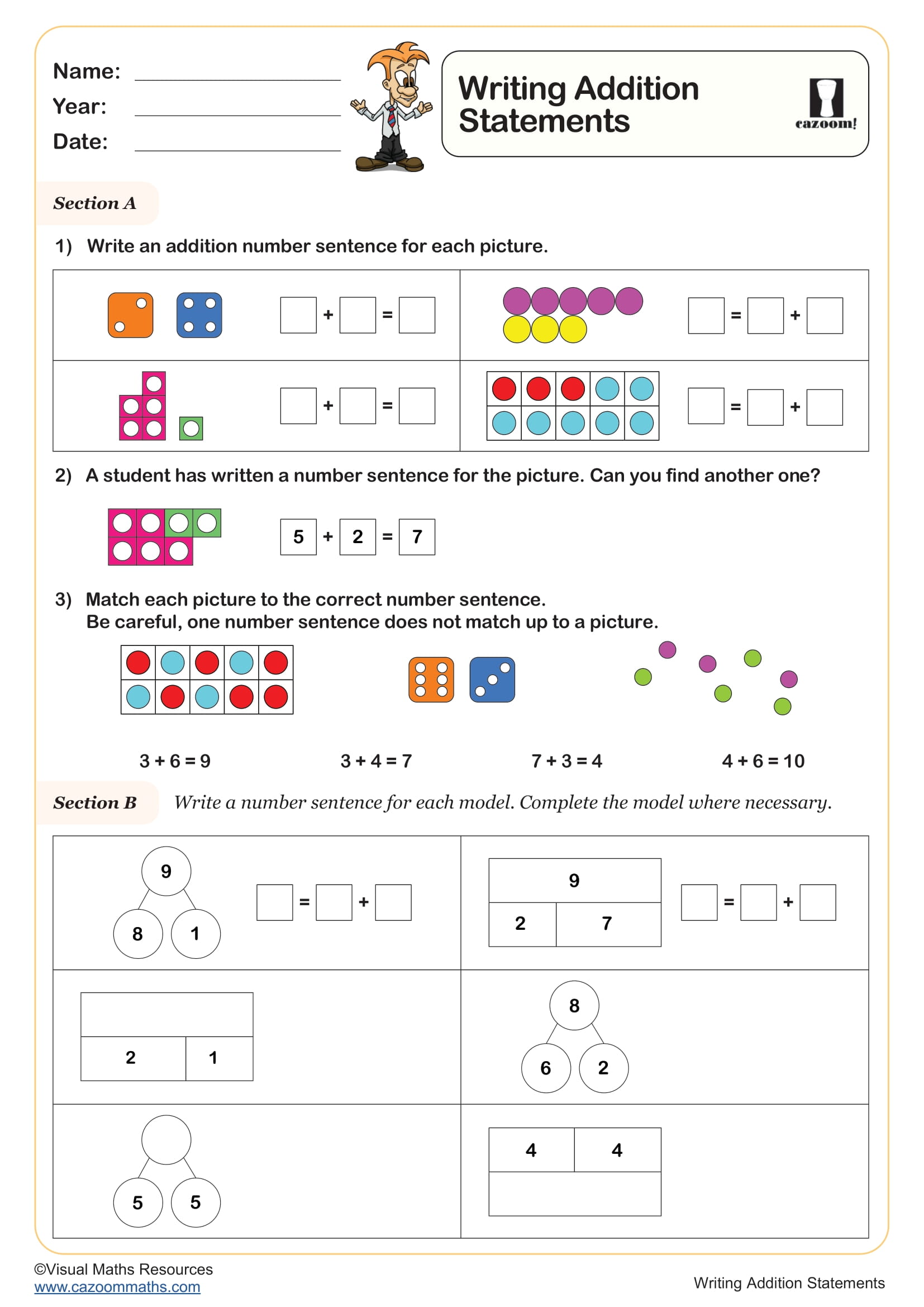
Printable PDF Addition Using Visual Aids Worksheets with Answers
Check out and download our KS1 addition worksheets pdf with visual aids worksheets which will improve your student’s knowledge of basic addition with the help of visual aids related to simple sums, for example- Writing Addition Statements, Introducing the Part Whole Model, Addition Sums with Pictures, Addition with dots, Addition Sums with Pictures, and many more. All of our basic number resources are specially custom-made in printable PDF format, and all of these resources include separate answer sheets to facilitate the easy checking process.
What Is Adding With Visual Aids in Mathematics?
Adding with visual aids in Year 1 mathematics uses concrete objects and pictures to make addition concepts easier for young learners. Visual aids worksheets help children understand abstract numbers through hands-on counting activities and colourful illustrations. For example, when solving 3 + 4, children might use seven dots, or picture objects on their KS1 maths worksheets. Students start with three visual items, then add four more to physically see the total of seven. This visual addition method supports different learning styles and builds strong mathematical foundations for Year 1 pupils effectively.
Why Are These Resources Important
Visual aids worksheets support different learning styles and make maths accessible to all children. Many young learners understand concepts better when they see concrete representations first. These resources build confidence before children move to abstract number work alone. Visual learning helps children remember addition facts more effectively through memorable images and associations.
• Support different learning styles.
• Make abstract concepts concrete.
• Build confidence in learners
• Improve memory through visuals
Real Life Use of Adding with Visual Aids
Children naturally use visual counting in everyday situations before learning abstract addition methods. Counting toys, sweets, or books involves visual addition skills in practical contexts. Shopping experiences provide real opportunities to add items using visual counting techniques. These natural learning moments reinforce the visual addition skills developed through worksheet practice.
• Counting personal belongings
• Shopping and practical maths
• Games involving visual counting
• Every day problem-solving situations